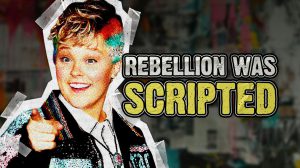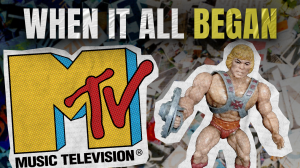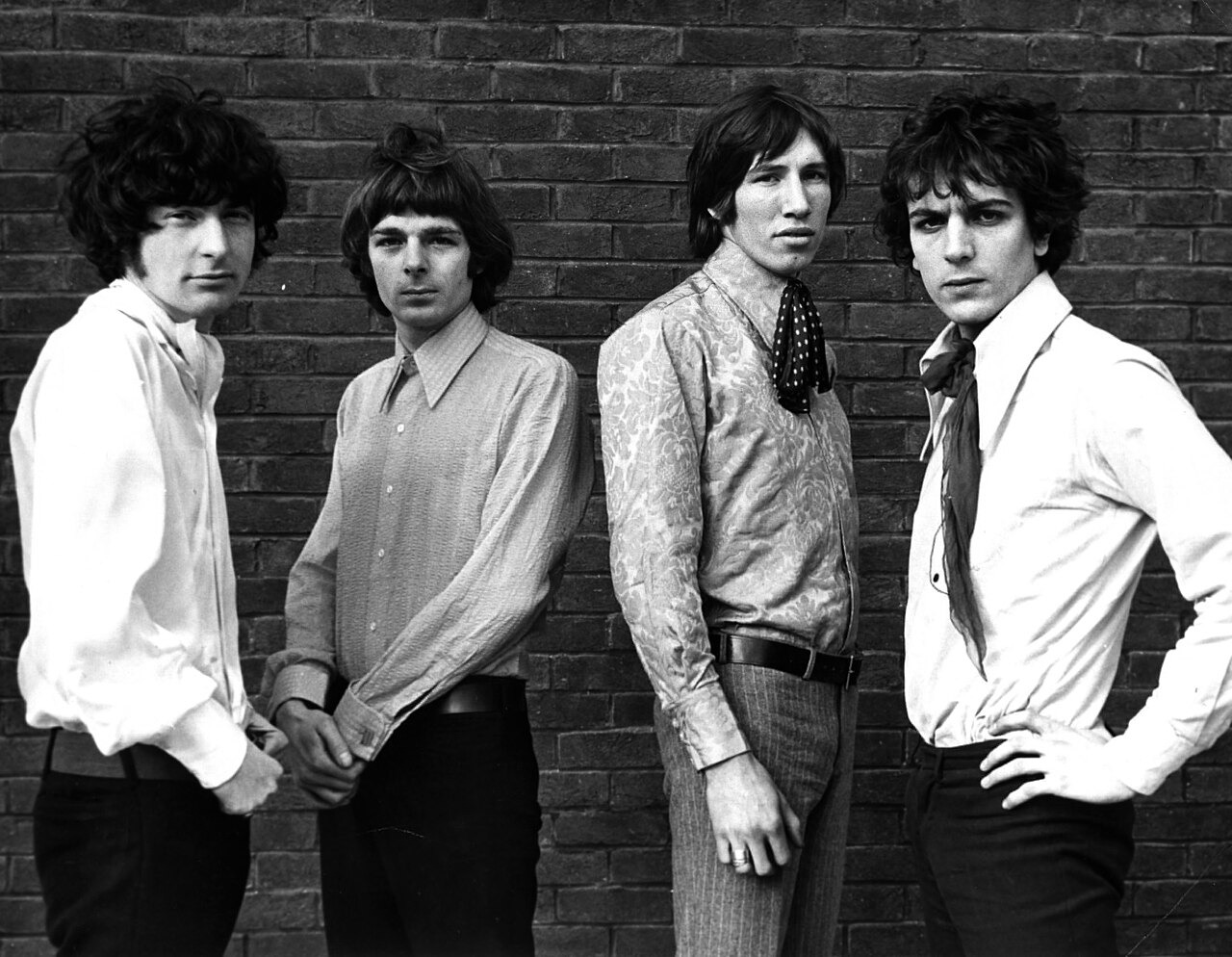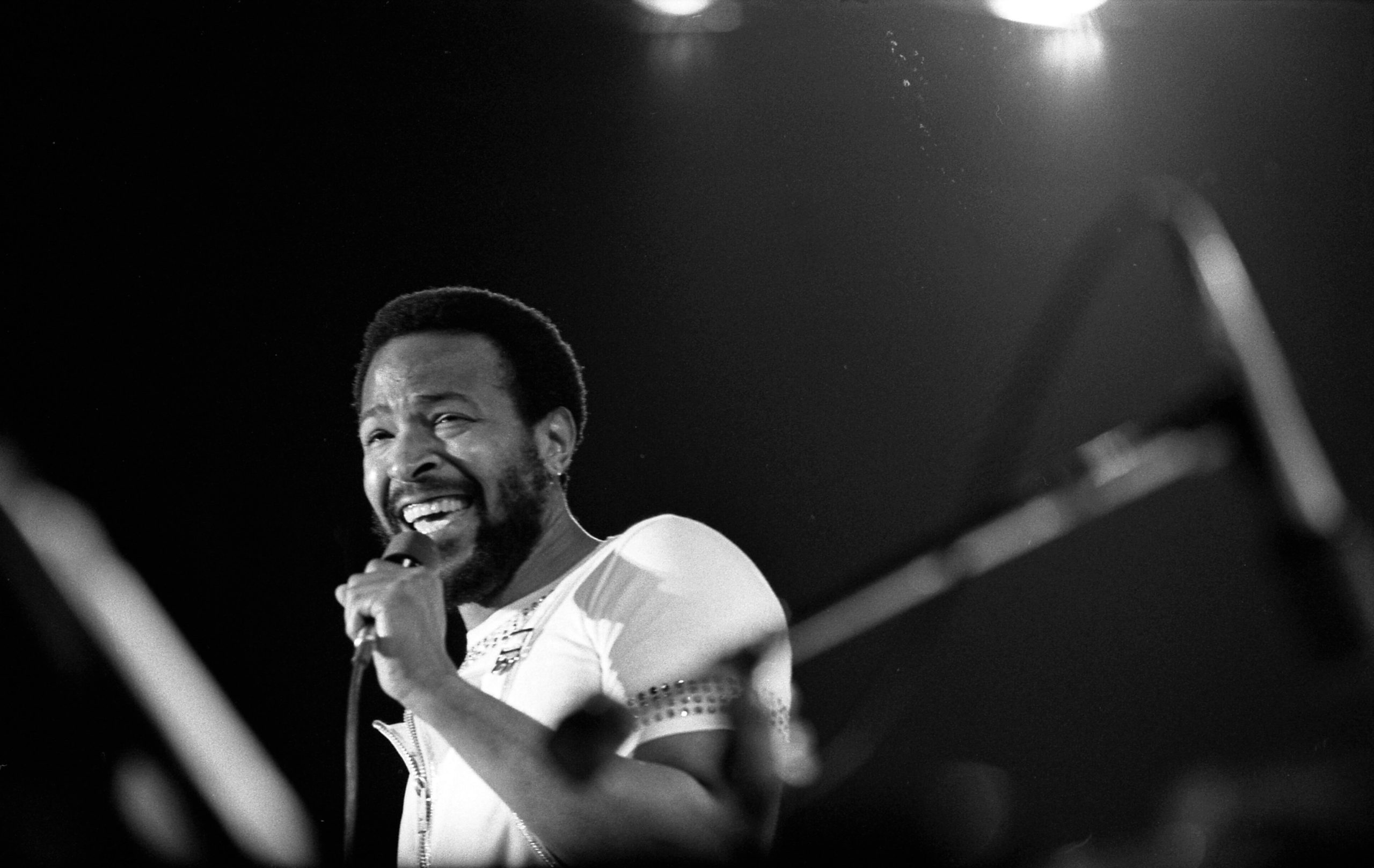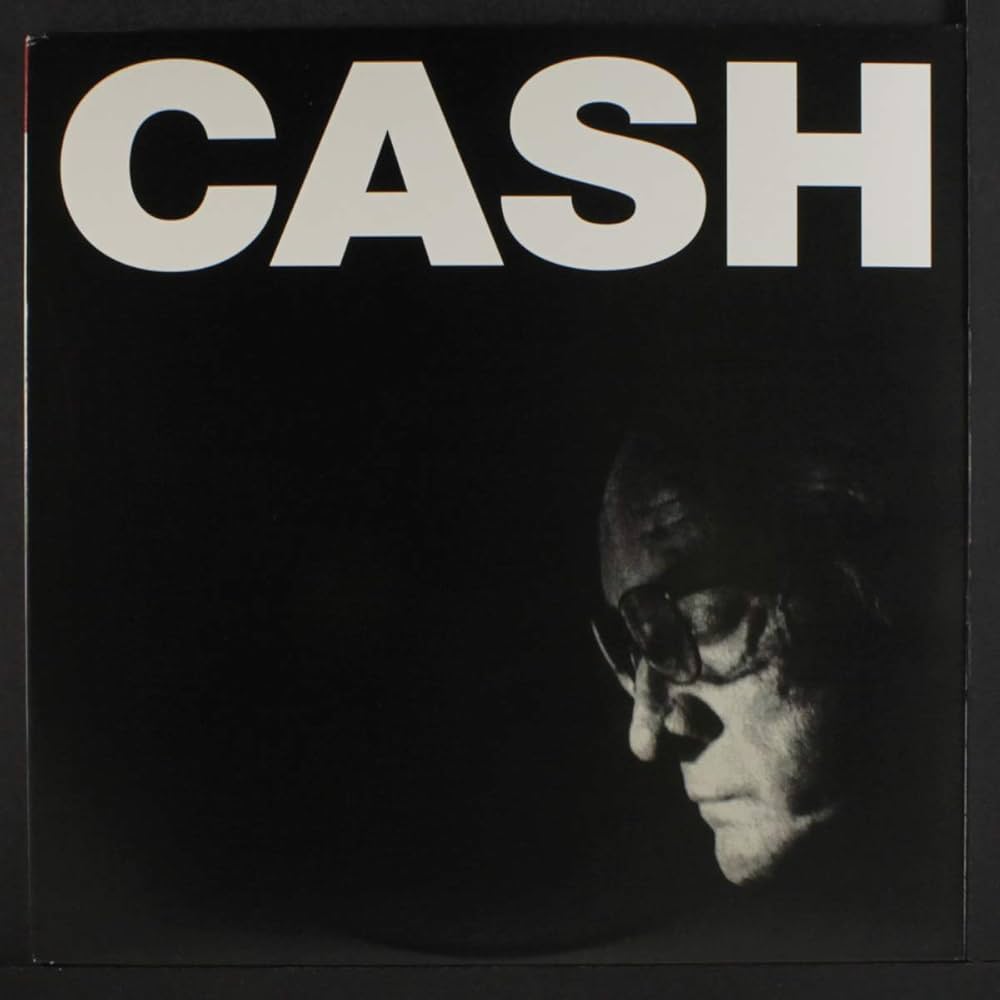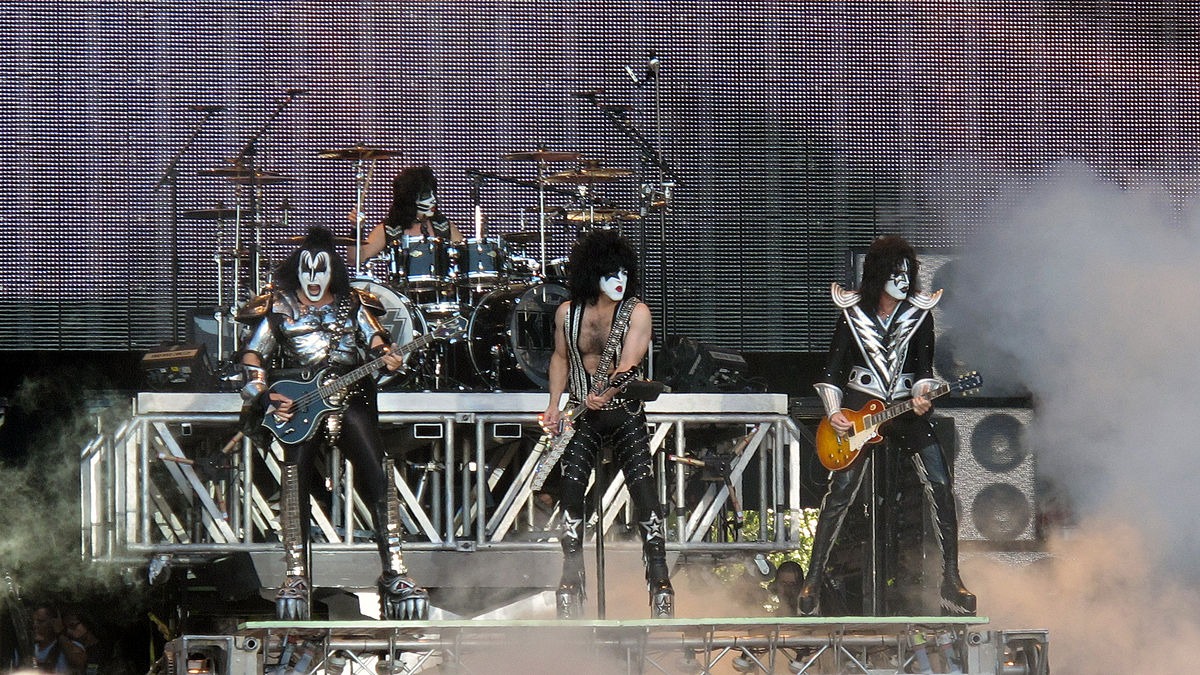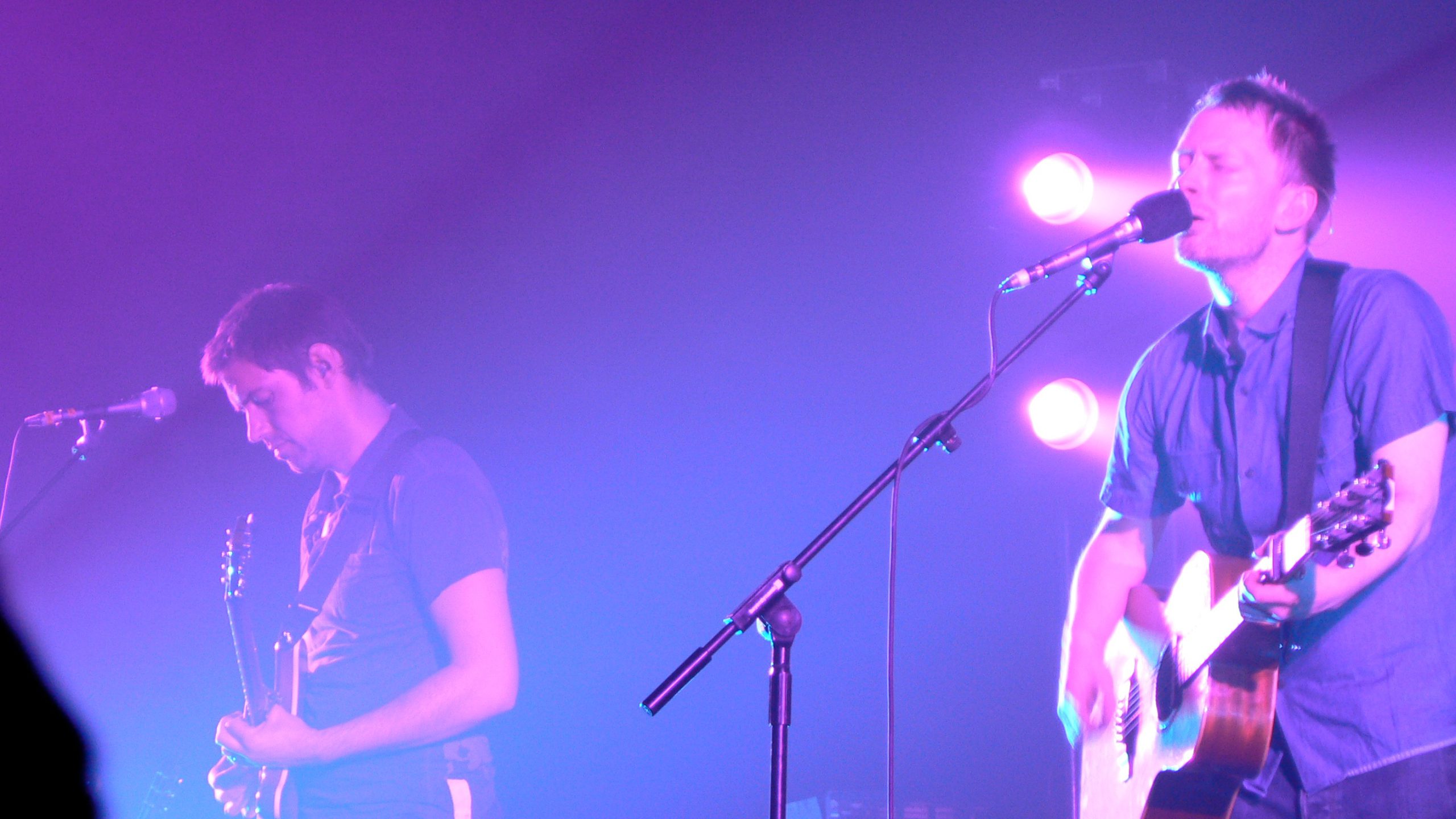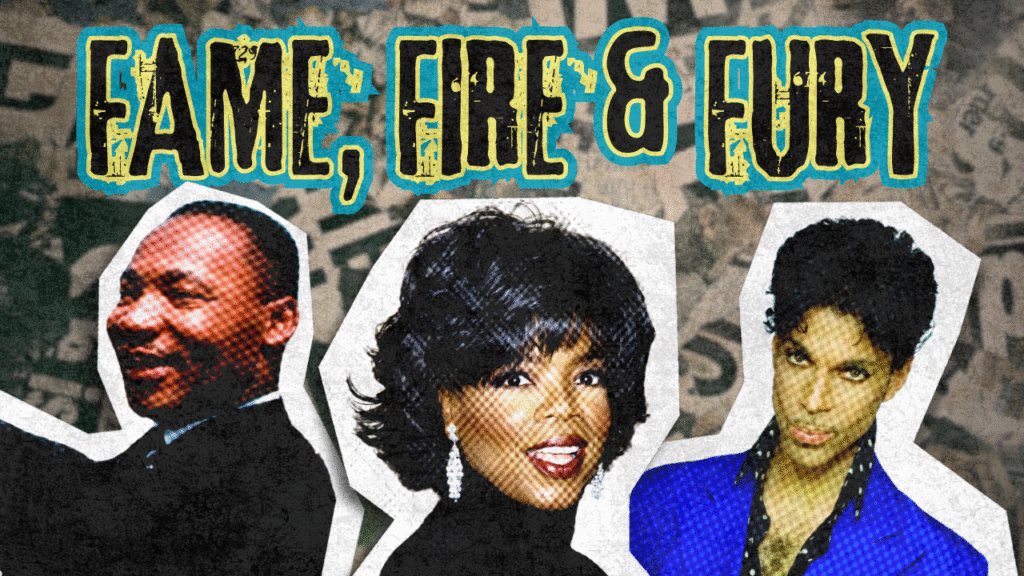
The 1980s wasn’t just another chapter in Black American history—it was the ultimate choose-your-own-adventure story with wildly different endings. While Michael Jackson moonwalked into Pepsi commercials and Jordan revolutionized sneaker culture, Reagan’s policies devastated urban communities. This contradictory decade created a split-screen experience where unprecedented achievements flourished alongside policies that transformed neighborhoods. Understanding this push-pull narrative reveals how progress and setbacks danced together, creating divisions still echoing today.
The MOVE Bombing in Philadelphia
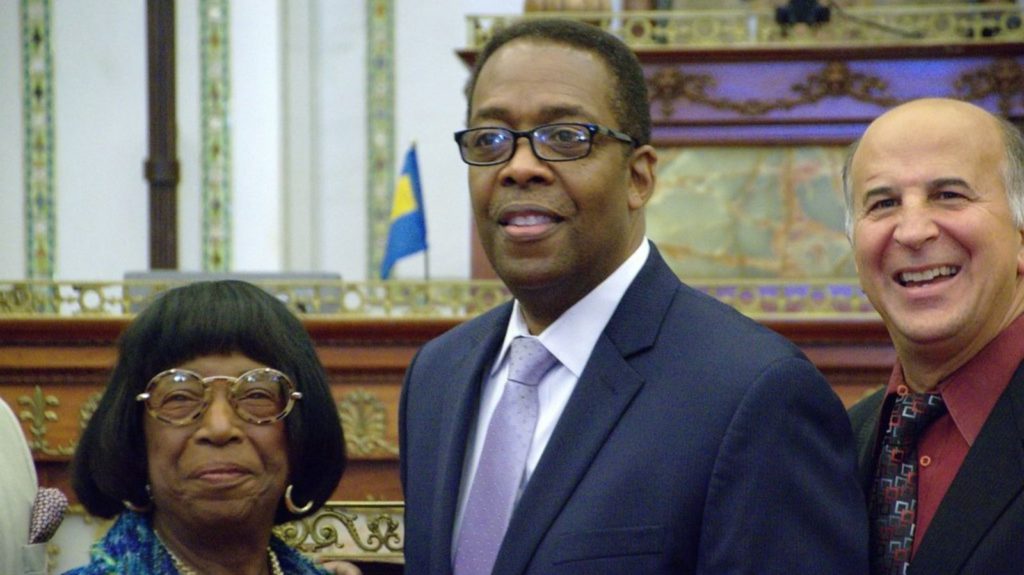
Philadelphia’s first Black mayor faced tragic 1985 decisions still haunting the city. Wilson Goode authorized police to bomb MOVE’s rowhouse in documented actions. Eleven died, including five children, in resulting fires consuming blocks. The Black liberation group faced accusations polarizing communities. While one survivor received conviction, no officials faced criminal charges for devastating consequences. The bombing remains a painful chapter defying easy explanation, showing how conflicts within Black communities could lead to devastating results.
Black Expression in Literature, Film, and Music
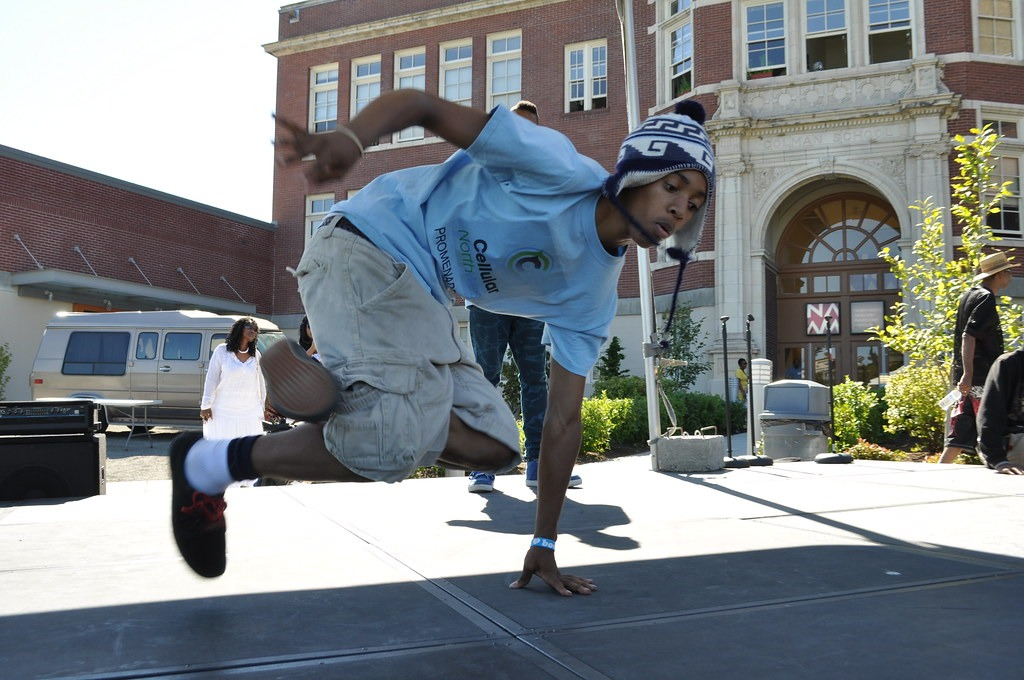
Black artists transformed American culture with unprecedented creative power reshaping artistic landscapes permanently. Morrison, Walker, and Butler created groundbreaking literature—Morrison won the Pulitzer for “Beloved” in 1988. Spike Lee sparked national race conversations when Hollywood preferred silence. Hip-hop groups like Public Enemy confronted social issues with unapologetic directness. MTV brought rap mainstream despite network resistance. These voices addressed racism through artistic expression continuing to resonate with audiences seeking authentic American perspectives.
Racial Violence and Sundown Towns
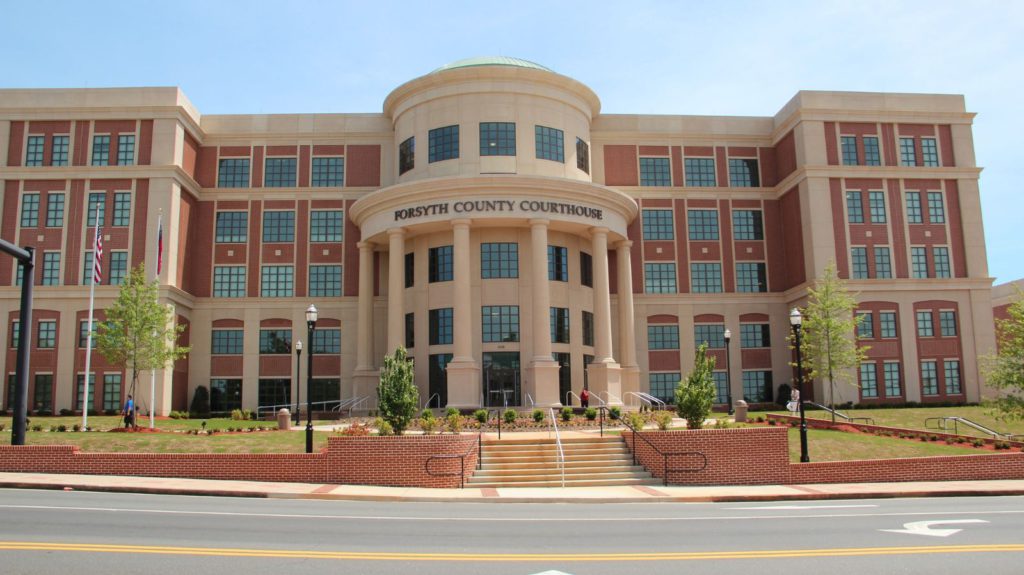
Forsyth County, Georgia’s history reveals America’s racial wounds with disturbing clarity. This sundown town violently excluded Black residents for decades with complete impunity. A 1987 MLK Day march faced Klan opposition drawing national attention. Twenty thousand people joined a “Brotherhood March” challenging local hatred. Oprah hosted a town hall exposing raw tensions television rarely captured. The county’s story shows persistent barriers to healing, illustrating how entrenched racial exclusion remained even in the late 20th century.
Black Immigration and Xenophobia
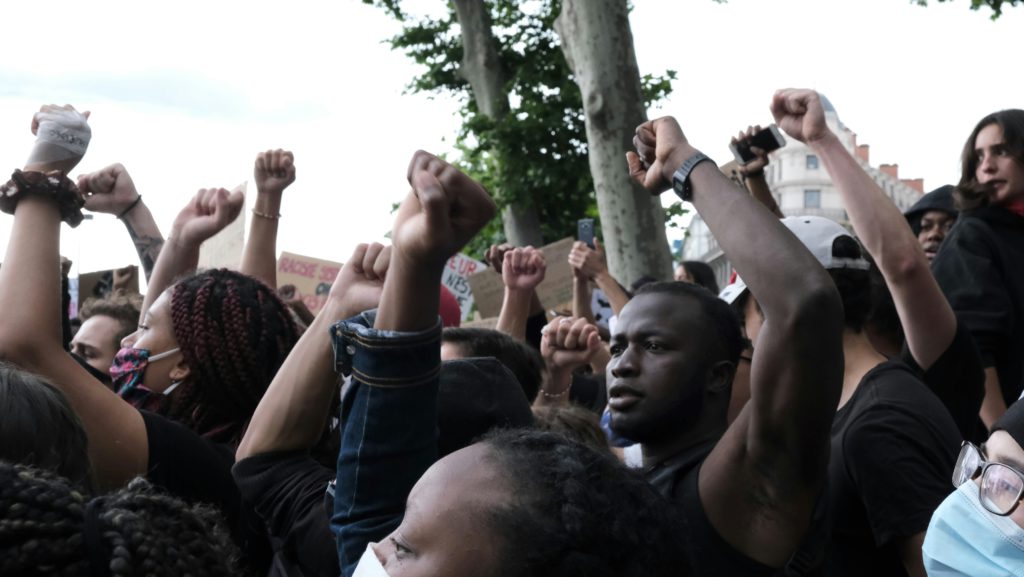
Haitian refugees faced harsh treatment exposing troubling immigration double standards. About 25,000 arrived seeking safety from political persecution, according to records. Government detained them in conditions prompting legal challenges and court intervention. Their treatment contrasted sharply with Cuban refugee reception, revealing racial policy bias. Courts ordered release after finding constitutional violations. The crisis exposed tensions between Black communities with competing interests, revealing how economic anxieties sometimes overshadowed racial solidarity during challenging change periods.
The Rise of the Black Middle Class (Buppies)
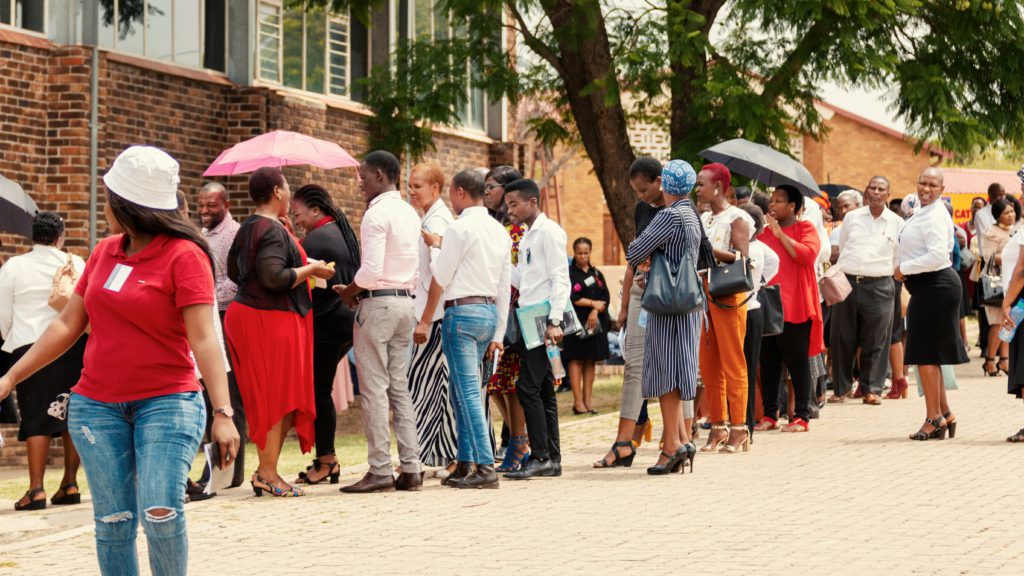
The “Buppies” (Black urban professionals) carved unique paths through American society with style. Unlike old-money elites, they rose from modest backgrounds through education and achievement. They embraced both Black culture and cosmopolitan tastes, watching subtitled films while maintaining cultural roots. Many remained politically engaged yet critical of traditional leadership. Despite success, many felt precarious—one downturn from losing hard-fought ground. Their emergence challenged structures and reshaped race-class dynamics still influencing society today.
Police Brutality and the Arthur McDuffie Case
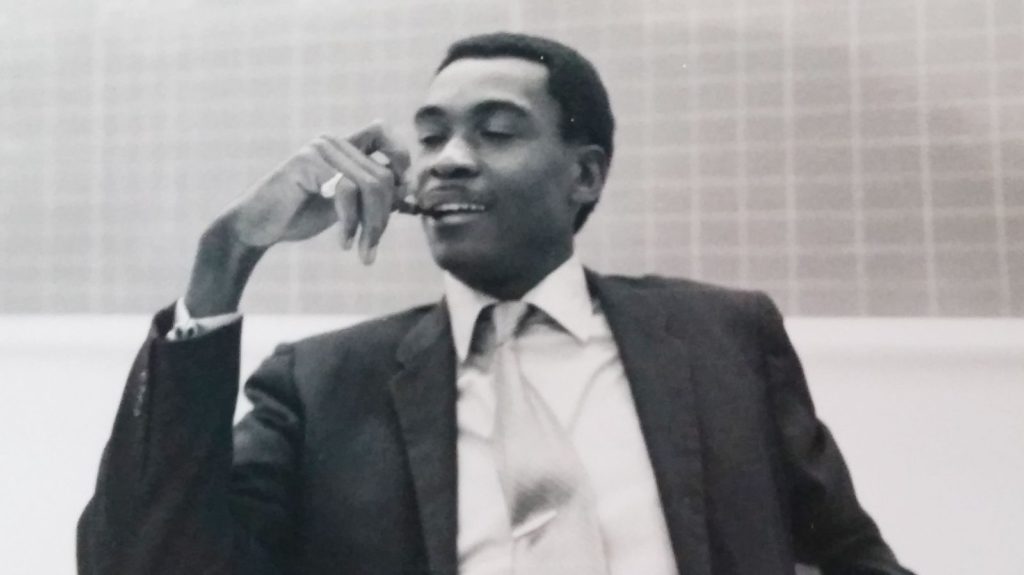
Miami erupted after justice failed Arthur McDuffie with devastating results. The Black insurance executive died from police beatings officers tried covering up. When an all-white jury acquitted officers in 1980, riots followed with shocking intensity. Property damage topped $100 million while eighteen died in chaos. Federal disaster aid addressed institutional failure aftermath. This case highlighted systemic policing issues continuing to resonate today, revealing justice system inequities that persist.
Diversity of Opinion within the Black Community
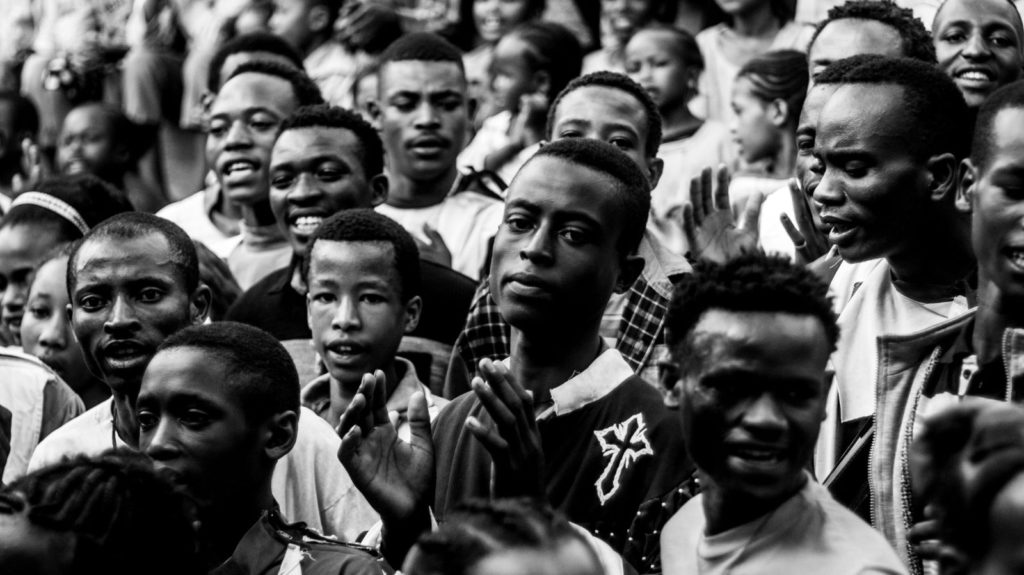
Black perspectives varied widely, defying monolithic characterizations dominating mainstream analysis. Survey data from Black Enterprise and Ebony revealed complex views surprising many observers expecting uniformity. Views on international conflicts, economic policies, and strategies showed significant thought diversity across communities. These findings challenged unified Black agenda notions, demonstrating priorities reflected diverse experiences and beliefs. Complexity overlooked in coverage revealed sophisticated political thinking resisting simple categorization, highlighting rich intellectual traditions deserving recognition.
Black Celebrities in Sports and Music
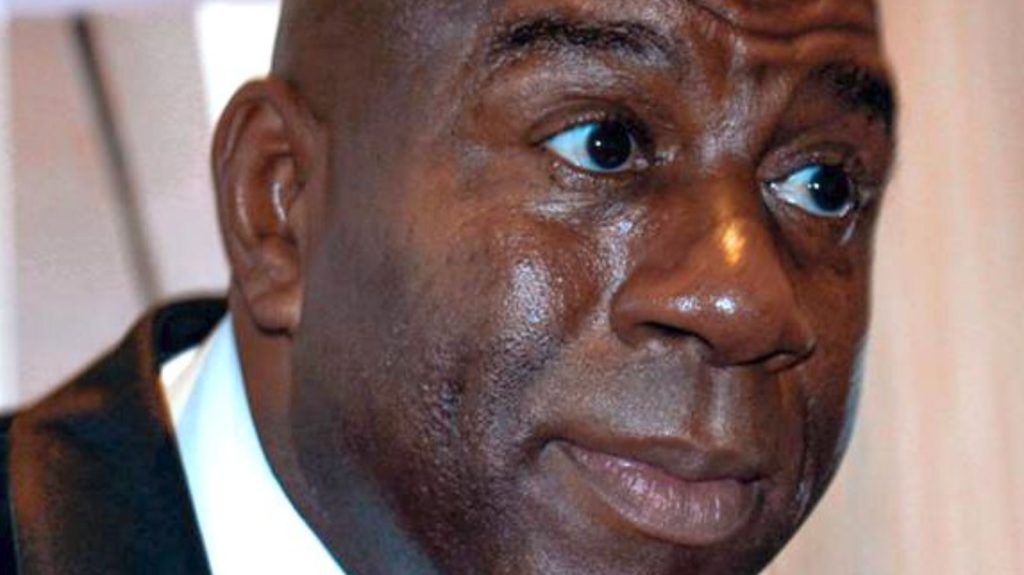
Athletes like Jordan, Magic, and Kareem transformed endorsement culture into billion-dollar empires. Jordan’s Nike partnership fundamentally changed sports marketing forever. Black musicians reached unprecedented heights—Jackson’s Pepsi deal set new standards while Prince dominated with “Purple Rain.” Tina Turner staged an industry-defying comeback, and Whitney Houston topped charts for months. These figures didn’t just achieve personal success—they reshaped commerce and amplified Black voices across American culture in ways that continue resonating today. If you’re interested in what music used to be like in the 80s, go ahead and check out
The Crack Epidemic and Community Responses
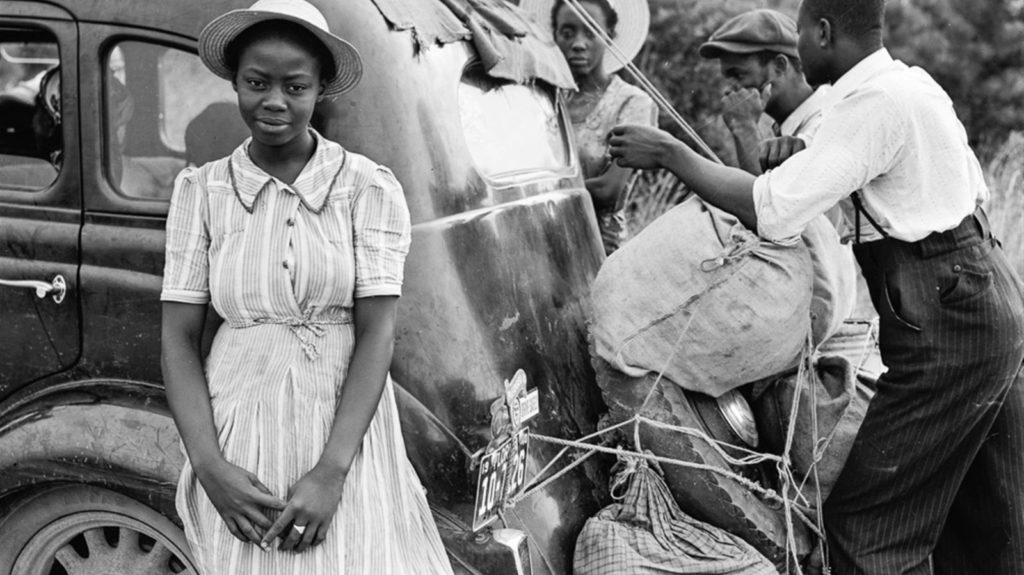
Drug addiction devastated Black neighborhoods with consequences continuing today. Reagan’s “War on Drugs” led to mass incarceration disproportionately affecting Black communities. Black men faced arrest rates far exceeding population proportions. Programs like Initiative 9 and Clean Sweep targeted activity without addressing addiction roots. Some community members supported tough measures desperately while others questioned long-term family impacts. The epidemic’s legacy includes broken families and communities still recovering from punishment-over-treatment policies.
Martin Luther King Jr. Day
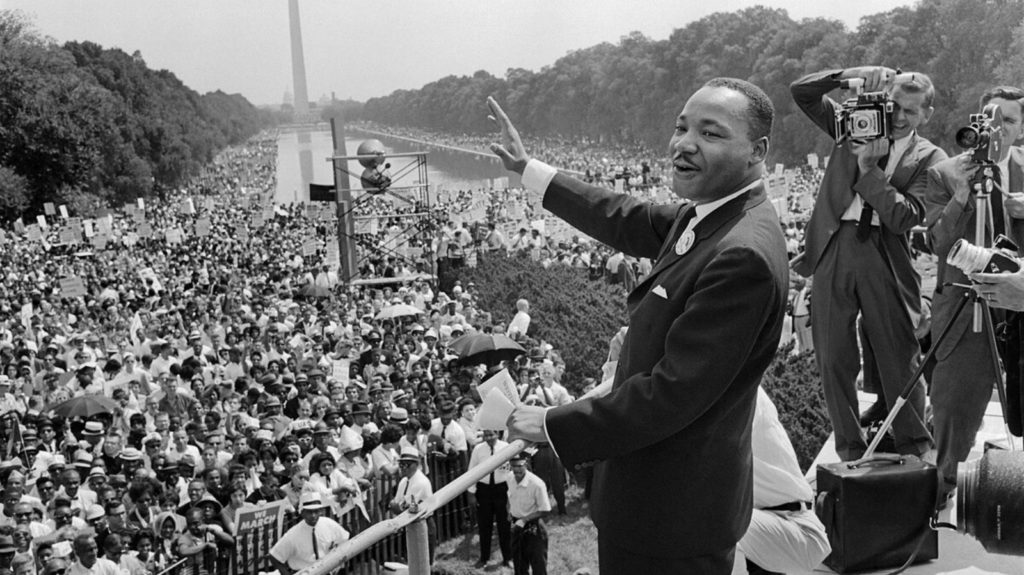
Establishing MLK Day makes modern Twitter wars look like friendly disagreements. After 15 years of advocacy, Stevie Wonder’s “Happy Birthday” mobilized over six million petition signatures. Reagan initially opposed the holiday before reluctantly signing it into law. Senator Jesse Helms led a filibuster, revealing deep resistance to King’s legacy. Some states paired MLK Day with Confederate holidays—Virginia linked it to Robert E. Lee Day until 2000, while Alabama and Mississippi maintain this uncomfortable arrangement today. The holiday stands as both achievement and reminder that progress rarely comes without serious pushback.
Grassroots Organizing and Community Action
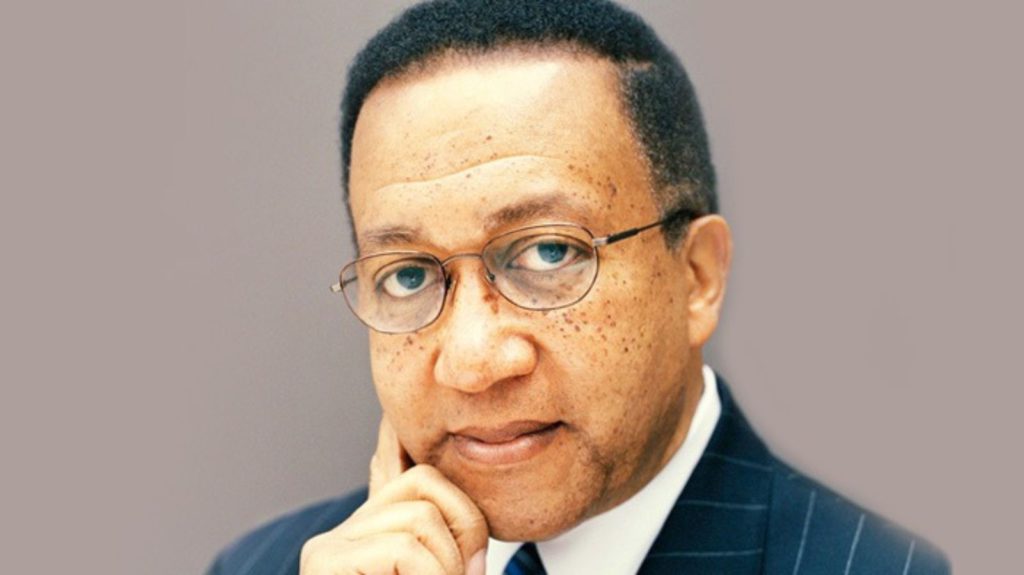
Local activism flourished when top-down solutions failed addressing community needs effectively. Environmental justice gained momentum through Warren County protests connecting racism to pollution. Boston’s Dudley Street Initiative demonstrated community-led renewal when government programs disappeared. Malcolm X’s ideas experienced renewed interest among generations seeking mainstream alternatives. Nation of Islam expanded influence conducting neighborhood patrols when police protection seemed inadequate. These efforts showed both community action power and limitations addressing systemic problems requiring broader changes.
The State of Baseball and Prejudice
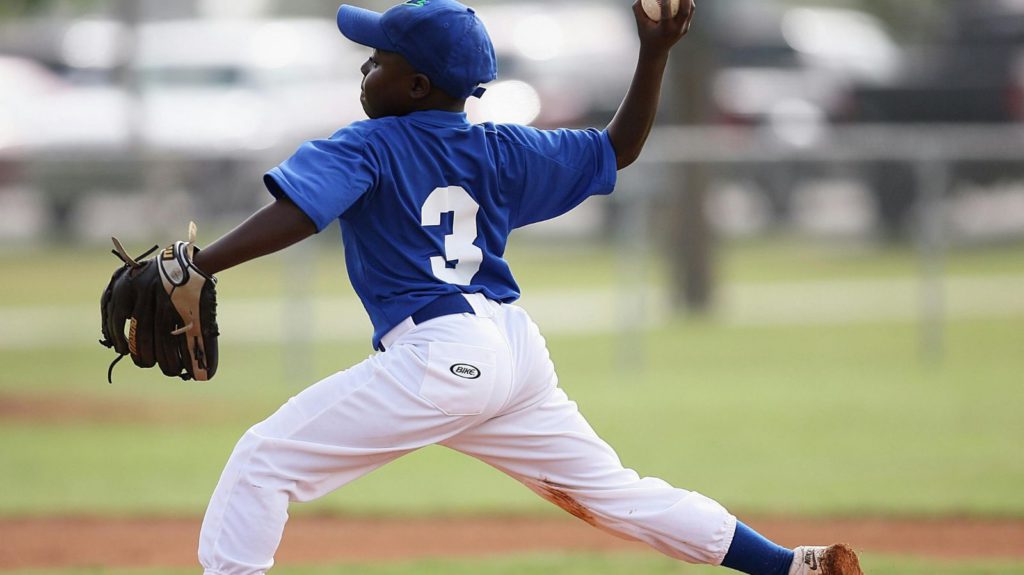
A single interview exposed baseball’s racial problems with accidental clarity shocking the sports world. Ted Koppel questioned Al Campanis about Black managers on “Nightline” during Jackie Robinson tribute coverage. Campanis claimed Black players lacked “necessities” for leadership despite decades of contradicting evidence. His firing came within 48 hours of nationally broadcast remarks. The incident revealed prejudice persisting behind progress veneer, forcing reckonings the sport long avoided and highlighting institutional racism in seemingly integrated spaces.
Black Representation on Screen
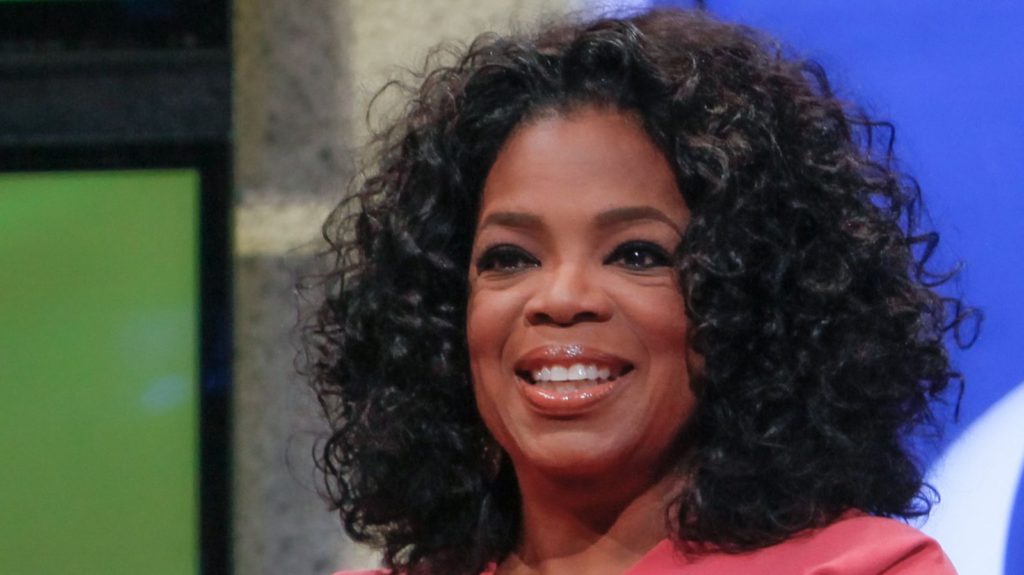
Television diversity expanded with groundbreaking shows that challenged expectations. Oprah launched her empire in 1986, transforming American television permanently. BET emerged as a dedicated platform when cable was developing. “The Cosby Show” portrayed affluent Black professionals when executives couldn’t imagine such success. “A Different World” explored HBCU life with depth and humor. These productions sparked representation conversations that echo through contemporary media, establishing new possibilities for Black stories on screen.
Mob Violence and Racial Killings in New York
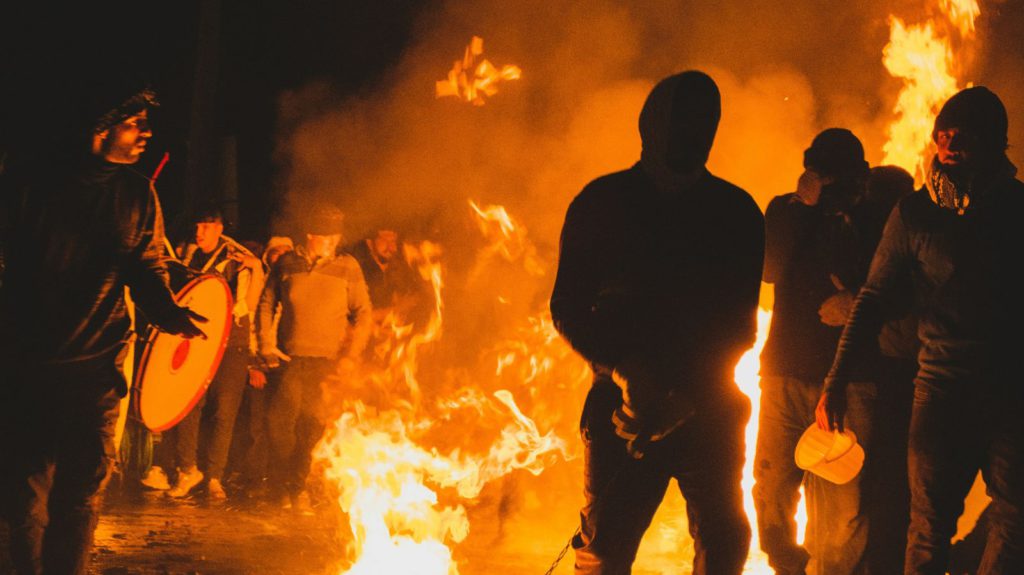
New York’s racial tensions erupted in deadly violence exposing the city’s divided soul. Three young Black men—Michael Griffith, Yusuf Hawkins, and Willie Turks—died at white mob hands in separate documented incidents. Bensonhurst’s reaction to Hawkins’ murder revealed stark divisions as justice protests met open hostility. These killings demonstrated racism thrived even in progressive northern cities, challenging regional difference narratives. The cases revealed racial violence remained a national problem transcending geographical boundaries, shattering assumptions about urban enlightenment.
Reagan’s Policies and Black Disapproval

Most Black Americans rejected Reagan’s leadership based on concrete policy concerns affecting daily lives. His administration weakened civil rights enforcement and voting protections systematically. The “War on Drugs” hit Black communities disproportionately hard, documented in criminal justice statistics. Though some Black conservatives gained visibility, polling showed strong Reagan disapproval among Black voters. His policies deepened inequalities creating lasting resentment still influencing political alignments, establishing skepticism toward conservative governance lasting generations.
The Bernhard Goetz Case and Vigilantism
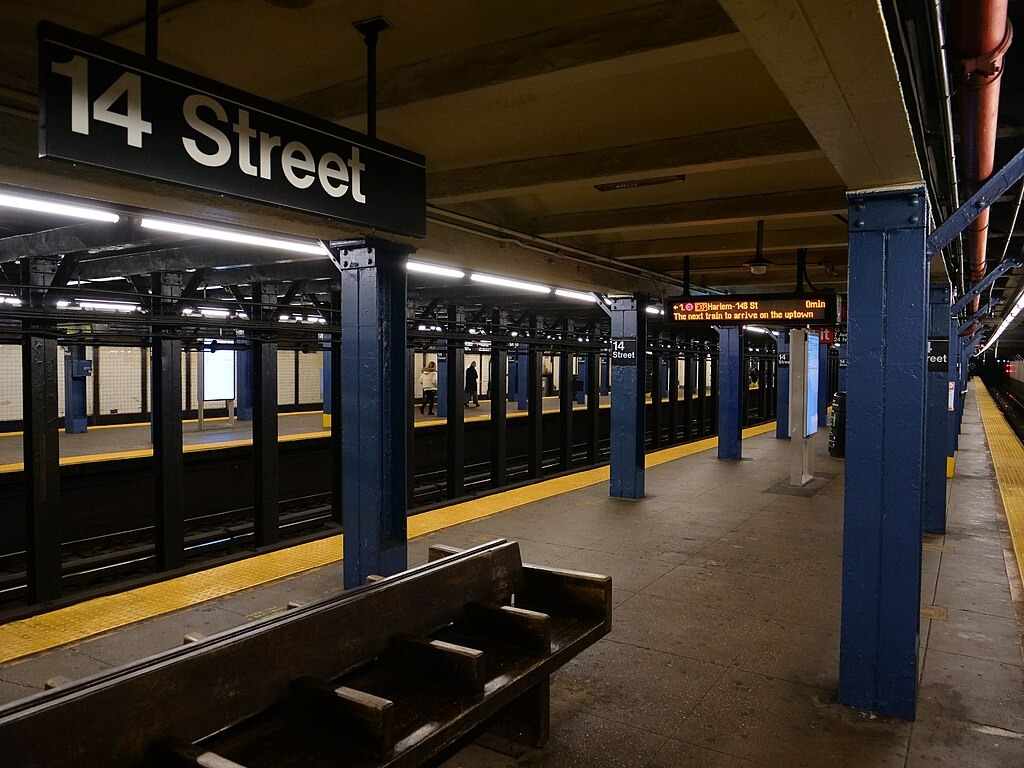
The Goetz case divided New York in 1984 with profound implications revealing deep race-crime anxieties. A white man shot four Black teens on subway, claiming self-defense while they maintained they were panhandling. Goetz avoided major charges but served time for weapon possession. Public opinion split sharply along racial lines, surveys showing dramatically different perspectives between Black and white New Yorkers. This case exposed urban decay anxieties during turbulent times, revealing how fear and bias shaped responses to violence.
Klan Violence and Legal Battles
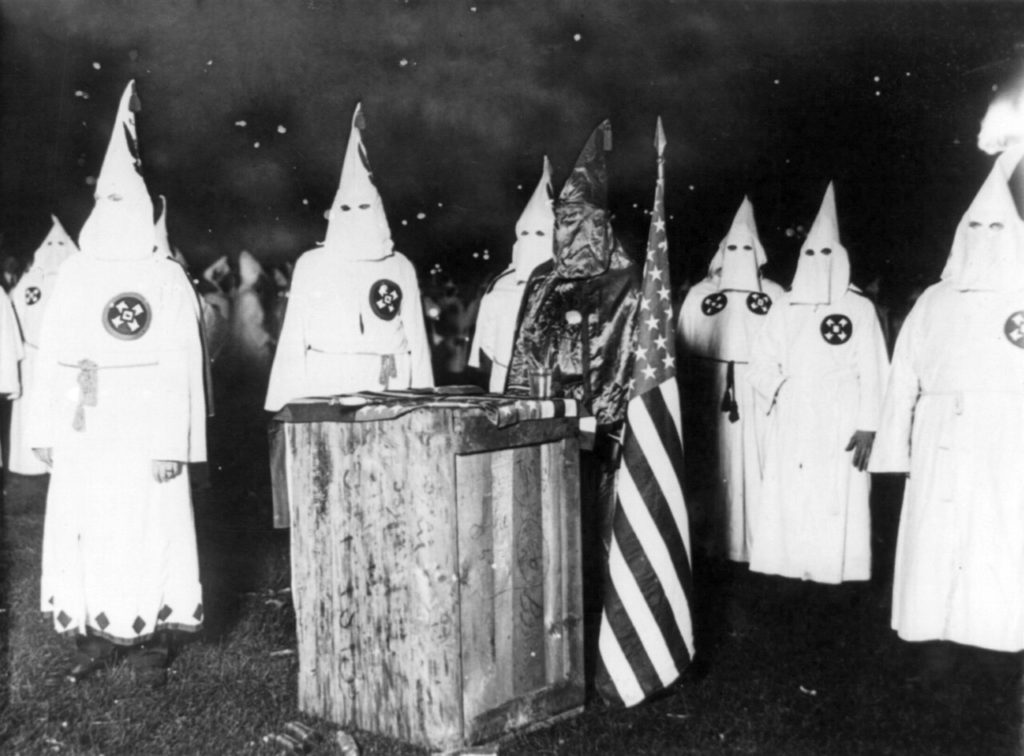
Racial violence shattered lives in Chattanooga with horrific consequences exposing justice failures. Five Black women were shot by Klansmen in documented attacks. An all-white jury acquitted two attackers despite substantial evidence. A third received nine months and minimal fines. When criminal courts failed, a civil lawsuit using 1871 anti-KKK law successfully bankrupted the local chapter. This painful episode demonstrates both limitations and potential of legal remedies against hate crimes during challenging periods.
Political Movements and Black Mayors
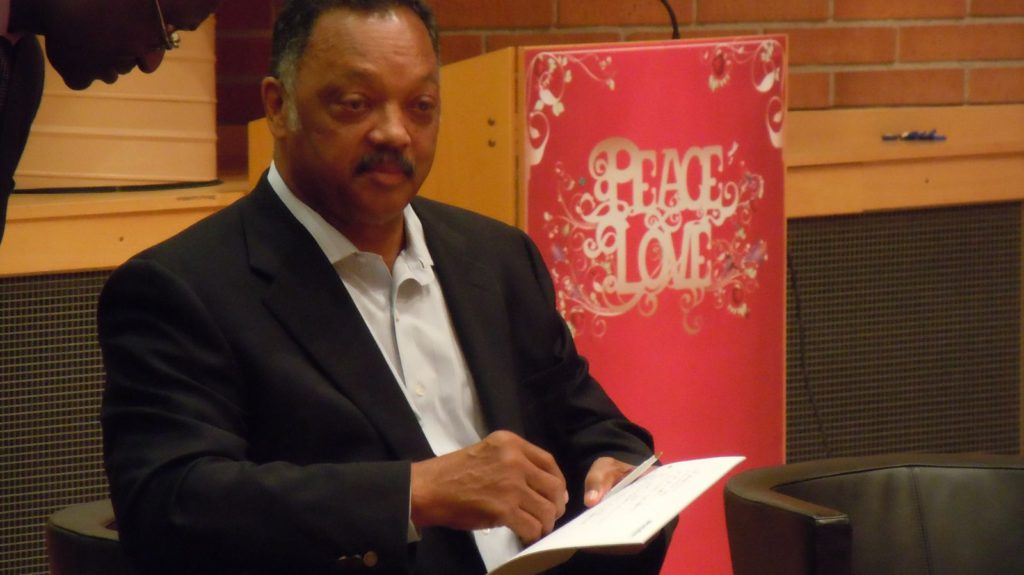
Black political power grew despite formidable challenges limiting meaningful change options. Jesse Jackson ran historic presidential campaigns expanding possibilities. Douglas Wilder became the first elected Black governor in 1989. Black mayors like Barry, Young, and Washington led cities through difficult transitions, inheriting deindustrialization and shrinking tax bases. Their mixed results reflected urban governance complexities more than leadership failings, demonstrating both progress and limitations during this transformative period.
Persistent Racism and Blackface
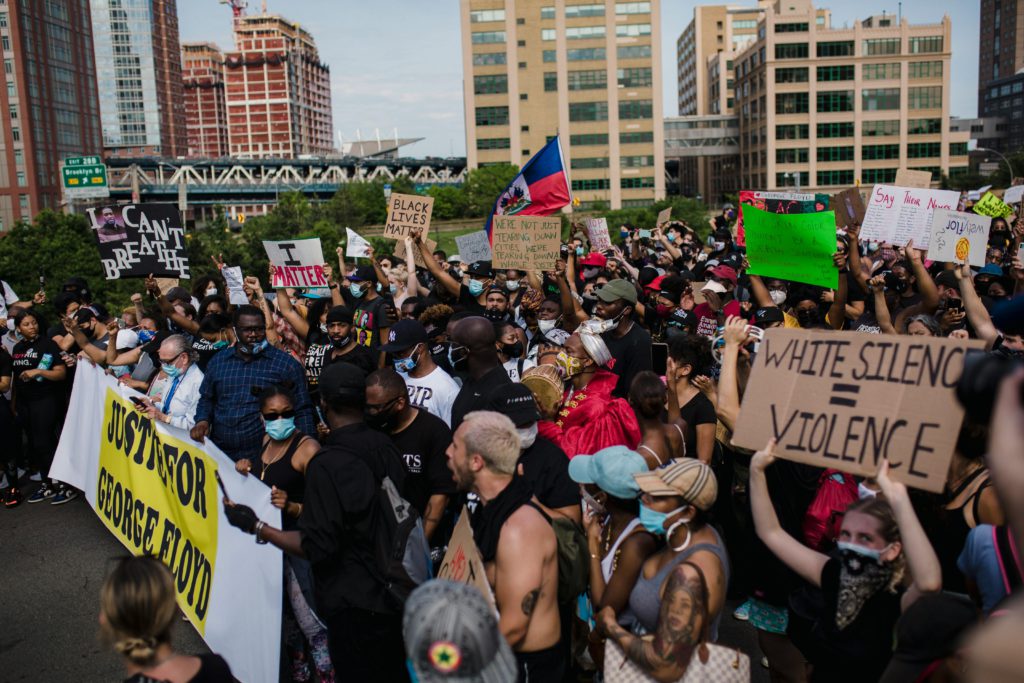
Racism persisted despite visible Black success, lurking in entertainment in troubling forms. Blackface appeared in mainstream films like “Trading Places” and “Soul Man”—movies mocking affirmative action while expecting audiences to laugh along. These weren’t isolated incidents but part of broader racial insensitivity revealing deep-seated biases. The continued presence highlighted needs for deeper education and accountability in entertainment, demonstrating that addressing racism required more than surface-level changes.
Lasting Impact and Divides
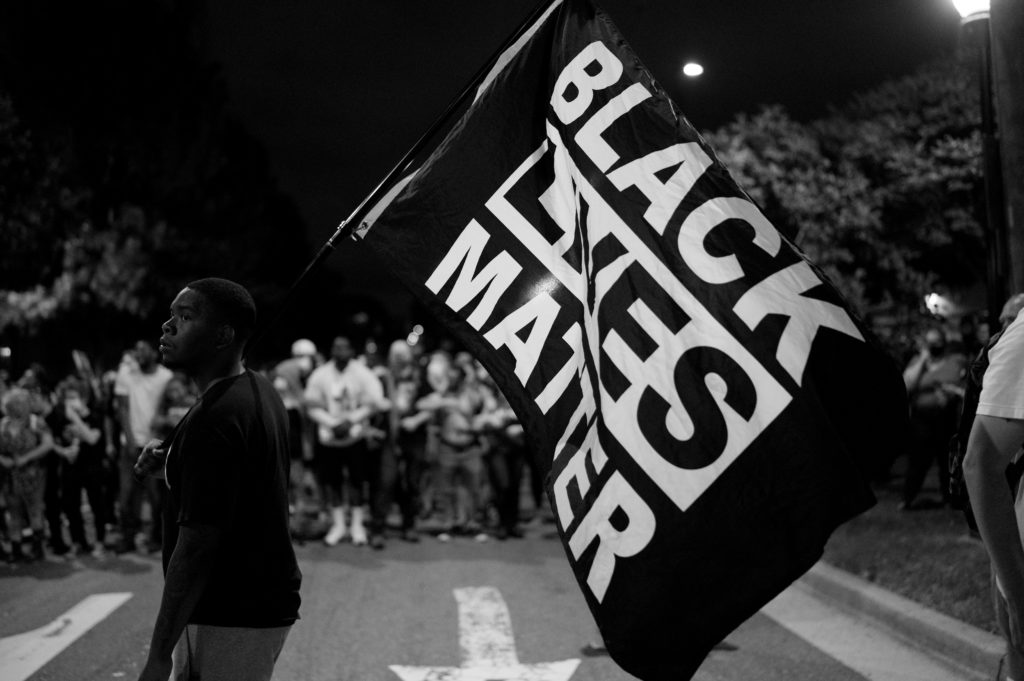
The 1980s created complex legacies continuing to shape contemporary experiences profoundly. Progress came alongside setbacks in contradictory decades defying simple advancement narratives. Communities split over crime policies promising safety but delivering mass incarceration. Reagan’s conservatism shifted generational political dynamics while creating lasting policy skepticism. Growing Black middle class suburban moves changed traditional community patterns. Some began questioning harsh sentencing as consequences became clear. Era divisions around economics and identity continue influencing experiences today.




